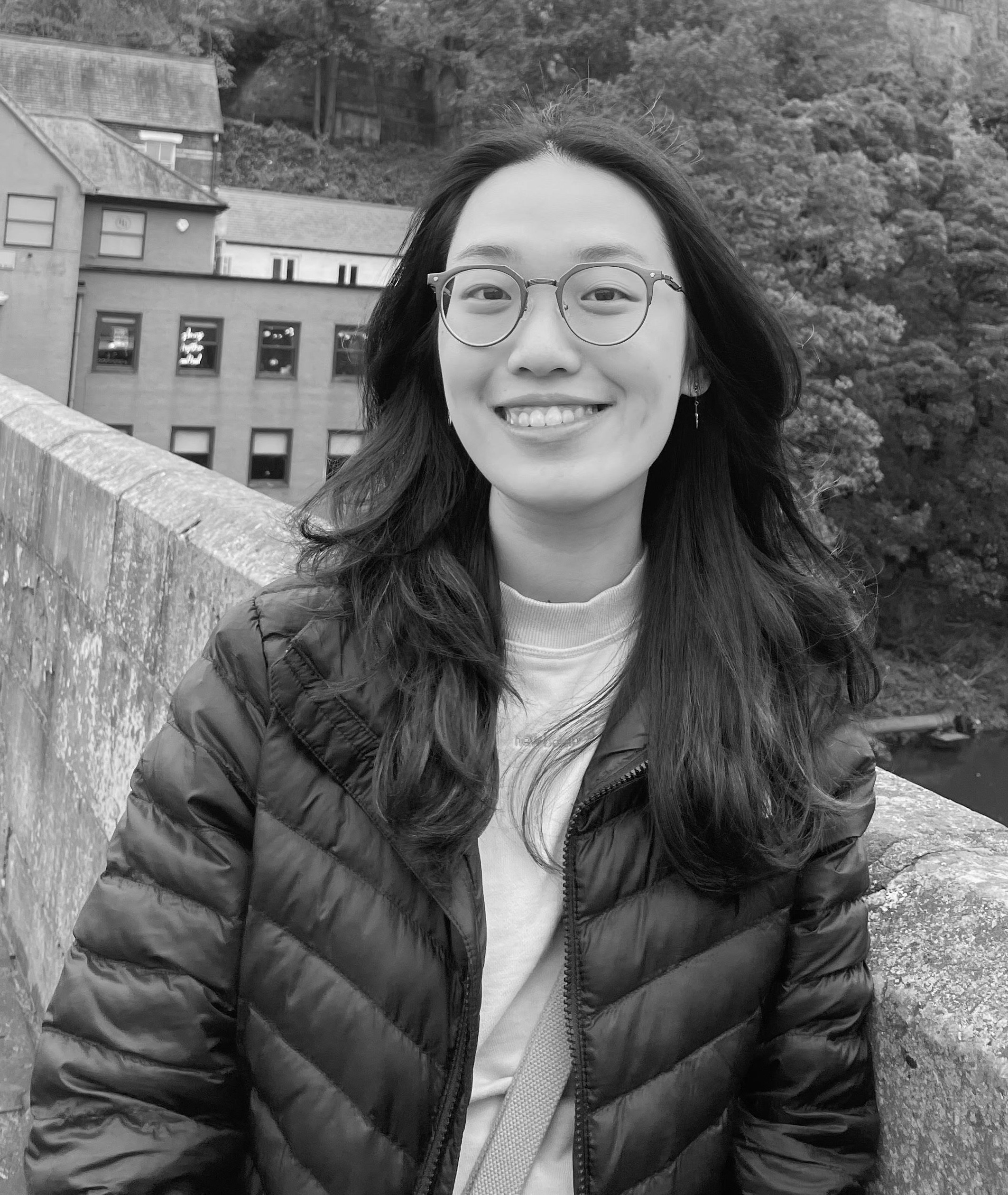- Home
- November 2023
- Kyrgyzstan: Simply Another World
Previous Post
Penang Chinese Swimming Club: Birthplace of Olympians
8 min read
THE MELBOURNE SUMMER OLYMPICS of 1956, held in Victoria, was a game with many historic firsts. It was the first Olympics ever held in the southern hemisphere an...
Next Post
The Muralz: A Movie Animating Solidarity and Hope
3 min read
GEORGE TOWN’S MURALS take centre stage in The Muralz, a remarkable animated creation featuring a devoted food delivery driver who befriends Pahlawan Nasi Lemak,...
You might also like
Humanity at the AI Crossroads: Balancing Privacy, Bias and Progress
5 min read
As computers become increasingly omnipresent, and as algorithms grow uncannily precise, concerns mount—what are the undesirable consequences of AI?
Events in November
4 min read
Take a stand against bullying and take part in Penang Goes Orange 2023: #Kindness4Wellness: Walk Against Bullying. Participants of this 2km walk will receive...
AI—Boon or Bane, Intelligent or Illusory?
3 min read
These are the days of miracle and wonder. Don’t cry, baby, don’t cry. Don’t cry. — Paul Simon, “The Boy in the Bubble”, 1986.





